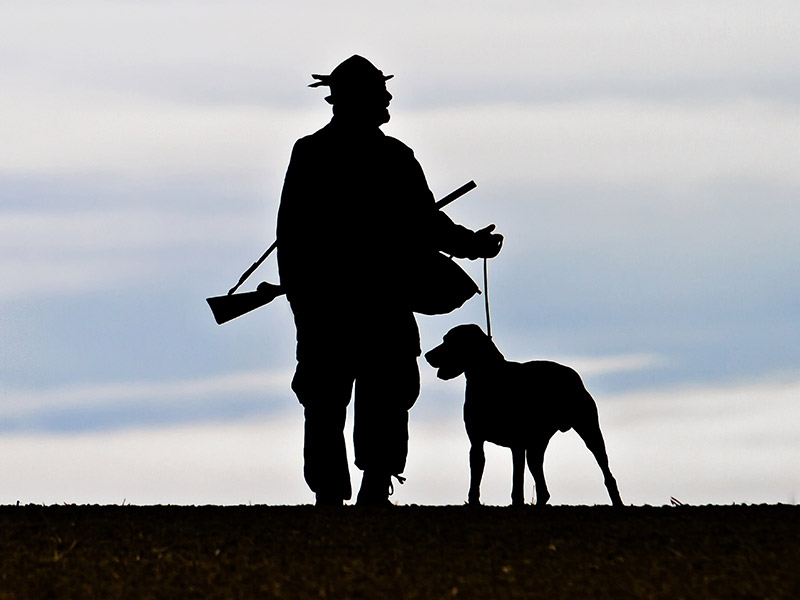English: Wild Boar; French: Sanglier; Albanian: Derri i Eger; Arabic: Chansir wahschi; Baluchi: Kikh; Bulga-rian: Diwa Swinja; Burmese: Tau-wet; Chinese: Ye-zhu; Croatian: divlja svinja; Canarese: Handi, Jevadi; Dutch: Wild Zwijn; Greek: Agriochiros; Gon ds: Paddi; Hindi: Suar, Barha, Bad, Bura Janwar; Ho-kol: Bir-Sukri; Iranian: Khouk; Italian: Cinghiale; Japanese: Nihon-inoshishi, Ryukyu-inoshishi; Hungarian: Vaddisznó; Kachari: Omar, Hono; Korean: Med Doeul Ji; Malay: Babi-utan; Manipur: Ok; Mishis: Bali; Malabari: Sukaram; Mongol: Bodon Gakhai; Montenigrin: diva svinja; Nagas: Vak, Mengi, Kubak; Nepalese: Jungali, Badel, Banel; Polish: Dzik; Portuguese: Javali; Romanian: Mistret; Russian: Zentralnojewropejsskij Kaban; Serb: divlja svinja; Slowakian: svina divá; Slovenian: divji prâsil; Spanish: jabalí; Sind: Dukar; Punjabi: Kuk, Guraz; Singhalese: Waluru; Swedish: wildswin; Tamil: Pandi, katu-pani; Turkish: Yaban domozu; Urdu: Sooar or khinzeer.
Former distribution: Europe-Asia to Japan, Indo-Malayan region to Andaman Islands and Taiwan, Nicobar Islands Philippines, Sumatra, Java and New Guinea, India, the Middle East countries and North Africa, south to the NileValley.
Present distribution: As formerly; not in Ireland, Great Britain, Egypt, Sudan, but again in Finland. Introduced into Sweden, USA, Argentine and Fiji Islands.
Behaviour: Preferred habitat: thick bush or dense forest with good cover. They form groups of up to 10, sometimes more. Mainly active diurnally and at twilight. Diet includes forest and field fruits, roots, plants, insects, small mammals, fish, reptiles, eggs, and sometimes carrion. Old male boars are solitary. Predators include wolves, bears, tigers and leopards.
Population status: Stable. Mongolia: Sus scrofa nigripes and Sus scrofa sibiricus 35 000 acc. to KRUPKA (1984).
Brief notes:
Body weight: 150-350 kg
Head and body length: 125-180 cm
Tail length: 20-30 cm
Shoulder height: 75-120 cm
Gestation period: 4-5 months
Maximum age: Up to 20 years
Trophy: Tusk record CIC: 158.2 points, 1987 Bulgaria, T. SCHIVKOV; average 110 points. SCI: 25 1/8″ score, 1985 Yugoslavia, WERNER FLECK; average 16″ score.
Hunting methods: Stalking, high seat, with beaters, on horseback.
Subspecies: 25, 17 Palaearctic, 7 Indo-Malayan region, 1 Oceanian region (see Papua-Wildschwein)
1. Sus sc. scrofa West and central Europe, France to the Pyrenees; east to the Alps and Slovakia; the Russian border north to Poland and Lithuania. Introduced into Sweden. Stable.
2. Sus sc. castilianus Iberian Peninsula; Spain and Portugal. Vulnerable in Portugal. Stable in Spain.
3. Sus sc. barbarus North Africa; from Morocco to Algeria, Tunisia and Libya. Stable.
4. Sus sc. majori Italy, not in Sicily. Stable.
5. Sus sc. meridionalis Sardinia and Corsica. Vulnerable.
6. Sus sc. reiseri Yugoslavia, Albania, Bulgaria, Greece. Stable.
7. Sus sc. attila Hungary, Romania, Western USSR to the Caucasus and Northern Iran and Northern Turkey; Turkmeniya SSR. Stable.
8. Sus sc. lybicus Southern Turkey to Israel, Lebanon, Jordan, Syria and Iraq. Vulnerable.
9. Sus sc. nigripes Central USSR south to Afghanistan and southern Iran, Kazakhstan, eastern Tienshan and western Mongolia. Stable.
10. Sus sc. sibiricus Baikal and Transbaikal region in the USSR, north and north-east Mongolia. Stable.
11. Sus sc. ussuricus Amur-Ussuri region. North Korea, Heilongjiang in China (Manchuria). Stable.
12. Sus sc. coreanus Korea. Stable.
13. Sus sc. leucomystax Japanese Islands. Stable.
14. Sus sc. moupinensis Central and northern China. Stable.
15. Sus sc. chirodontus Western, southern and eastern China. Stable in West China, rare in East China.
16. Sus sc. taivanus Taiwan. Stable.
17. Sus sc. riukianus Ryukyu Islands, Japan. Stable.
Indo-Malayan region
18. Sus sc. cristatus Pakistan, India, Nepal, Bhutan, Bangladesh, Burma, Thailand, Laos, Kampuchea, Vietnam, Sri Lanka. Stable.
19. Sus sc. jubatus Malaysia. Stable.
20. Sus sc. andamanensis Andaman Islands. Stable.
21. Sus sc. nicobaricus Nicobar Islands. Stable.
22. Sus sc. vittatus Sumatra, Java, Bali, Lombok, Banka, Sumbava. Stable.
23. Sus sc. floresianus Flores. Stable.
24. Sus sc. timorensis Timor, Rotti. Stable.
Remarks: Sus scrofa senaarensis syn. to Sus scrofa barbarus extinct since 1900 and omitted here; formerly found in Egypt and Sudan. It must also be stated that unfortunately crossbreeding has taken place in most of the European subspecies within the last 30 years. Wild boars from USSR, Poland, Yugoslavia and Hungary have been introduced to enclosures in France, Italy, Federal Republic of Germany and other countries in order to „change the blood“. Also cross-breeding has taken place between domestic pigs and wild boars. It may, therefore, be unwise to recognize these central European subspecies.
